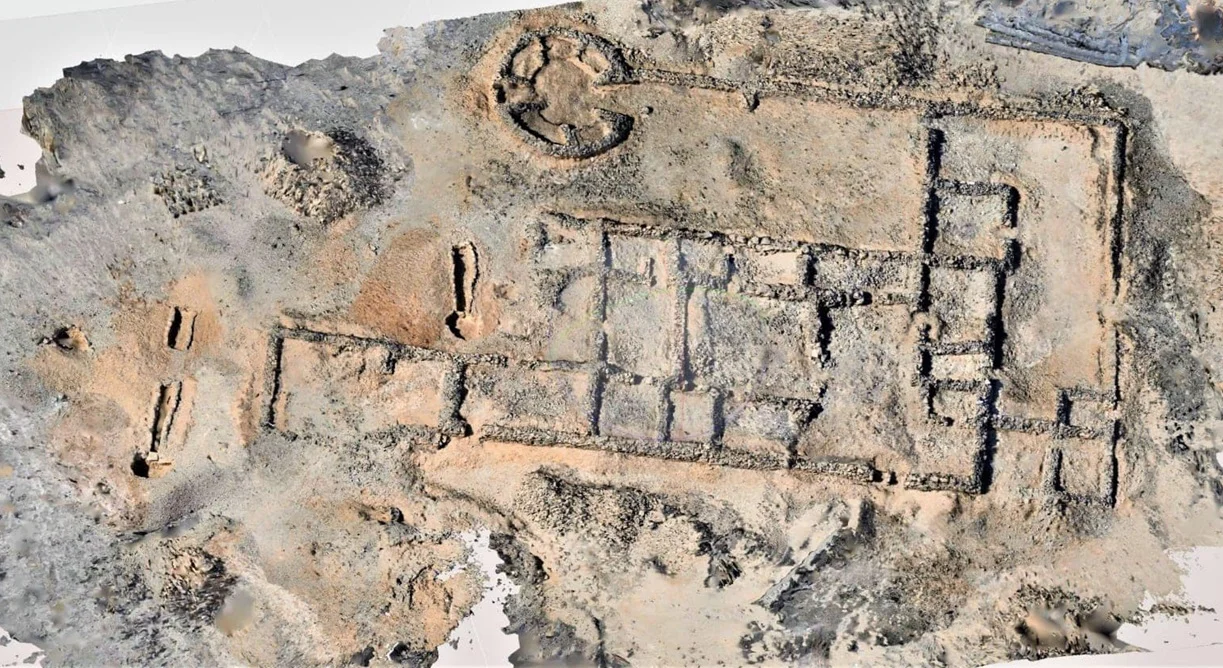Archaeologists from the Supreme Council of Antiquities (SCA) have completed a two-year project to uncover a 3,000-year-old gold processing complex at Jabal Sukari, southwest of Marsa Alam City in Egypt’s Red Sea Governorate.
The project, carried out in partnership with the Sukari Gold Mine administration, involved the excavation, documentation, and the careful relocation of the complex to a safe area beyond active mining operations three kilometres away from its original discovery site.
According to a press statement issued by the Ministry of Tourism and Antiquities, the complex dates from as early as 3,000-years-ago during the Third Intermediate Period of Egypt.
This period is considered a time of decline and political instability characterised by state fragmentation. It coincided with the Late Bronze Age collapse, which saw the downfall of civilisations across the ancient Near East and Eastern Mediterranean, including the onset of the Greek Dark Ages.
SCA Secretary-General Mohamed Ismail Khaled, said: “Excavations revealed a 3,000-year-old gold processing complex, featuring grinding and crushing stations, filtration and sedimentation basins, and ancient clay furnaces used for smelting gold extracted from quartz veins.”

Excavations also revealed an associated residential district which served as the home of gold miners and workers in the complex, as well as workshops, temples, administrative buildings, and bathhouses that date from the Ptolemaic era.
Architectural remnants from the Roman and Islamic periods indicate that the site remained active for at least 1,000 years, highlighting the regions historical significance for gold mining and processing among Egypt’s various ruling cultures.
Other discoveries include 628 ostraca inscribed with hieroglyphic, demotic, and Greek text, along with Ptolemaic bronze coins. Additionally, archaeologists unearthed terracotta figurines depicting human and animal forms from the Graeco-Roman period, as well as stone statuettes of deities such as Bastet and Harpocrates.
“This discovery is significant as it enhances our understanding of Ancient Egyptian mining techniques,” Khaled noted, explaining that the findings provide valuable insights into the social, religious, and economic lives of gold miners in historical desert settlements.
Header Image Credit : Ministry of Tourism and Antiquities
Sources : Ministry of Tourism and Antiquities

